The first part of our titles was our production company. We decided to have a jumpy effect on this at the start of the film. The font we used was American with pointy/sharp edges. We decided that throughout our film we wanted to have credits on a black screen and with red font. We thought the red font would be more blood/violent and horror looking if they ran throughout the opening. Then "presents"comes up on black screen as the eerie sound builds and merges with the sound bridge of the train at the start of the film.
 We decided to have our title at the end of our sequence to make it more exciting. We made the title bigger than the other titles. At the end we edited a creepy bang for the title when it appears onto the screen. The red font emphasises the blood from the start when the girl is laying by the tree covered in blood, and it also relates to our production name "Blood rush Productions". We didn't put any effects on some of the titles, because we wanted it to be a bang in the audience's face.
We decided to have our title at the end of our sequence to make it more exciting. We made the title bigger than the other titles. At the end we edited a creepy bang for the title when it appears onto the screen. The red font emphasises the blood from the start when the girl is laying by the tree covered in blood, and it also relates to our production name "Blood rush Productions". We didn't put any effects on some of the titles, because we wanted it to be a bang in the audience's face.Creating the sound was the toughest part for me.
Our group spent about an hour just searching for horror/eerie/scary free to play music, but in the end
we couldn't find anything that we were pleased with, so we had no choice but to make it. The first thing we did was take away any unnecessary sounds from our opening sequence, for example the strong wind sound. We then loudened the sound of the train, and then began to make our music. To make the music sound horror like, we changed the pitch, at some times the pitch would be higher than others,depending on the best parts which would build tension for the
 audience.
audience.We wanted our music to suit the action and to fit with it perfectly, we worked really hard to create a scary atmosphere and to get the audience's blood rushing. Our music is non-diagetic and is therefore made to play with the emotions of the audience, and it's to make them feel scared and nervous. We made the sound to exaggerate our action, but as well kept the natural important sounds in the background too, for example the telephone ringing or the girl screaming. I am very proud with the sound for our opening sequence, as it juxtaposes the quiet area that the girl wakes up in and makes it more emotional. The sound we created can often sound calm at times, but when it rises and gets louder gradually it makes the audience aware that something bad is going to happen when they don't expect it. I am proud with the sound we have created, although it should be much more less repetitive, and perhaps there could be more sounds.





























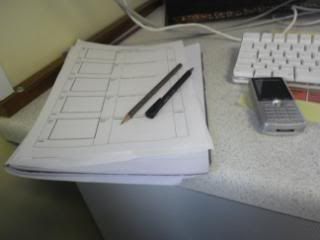
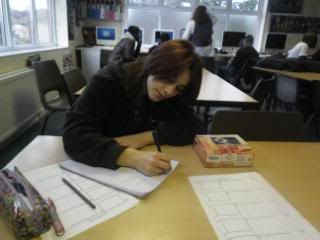
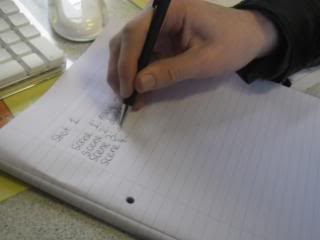
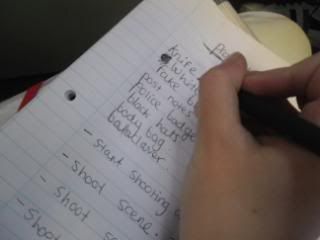
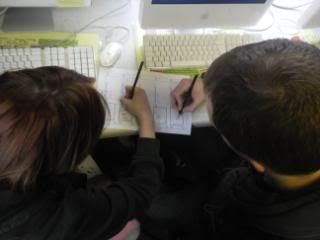
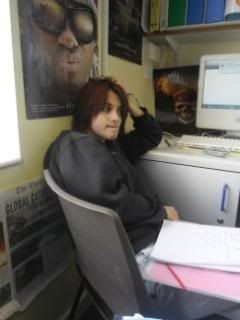

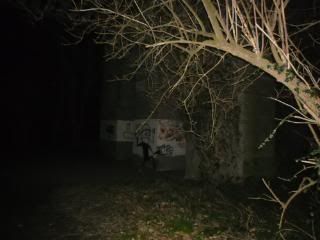
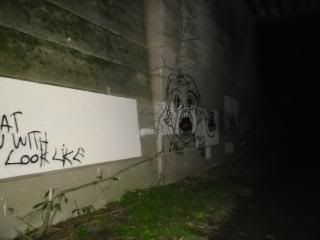
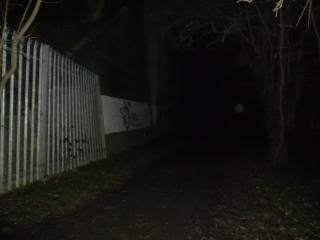




.JPG)
.JPG)




